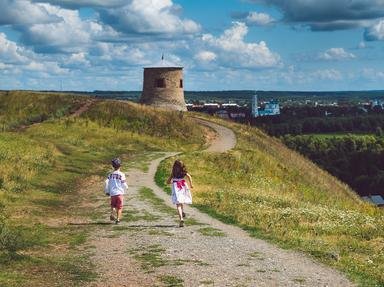Quiz Answer Key and Fun Facts
1. Wrote plays like "Romeo and Juliet" and poems like "Venus and Adonis"
2. Painted "Mona Lisa" and the "Last Supper"
3. Introduced movable type and the printing press to Europe
4. Sailed the ocean blue in 1492
5. Painted the ceiling of the Sistine Chapel
6. Made a new telescope to view the movements of the planets
7. Wrote sonnets and was the "Father of Humanism"
8. Began the Age of Exploration by funding voyages around Africa
9. Wrote "The Prince", was a politician and a diplomat
10. Began the Protestant Reformation
Source: Author
ponycargirl
This quiz was reviewed by FunTrivia editor
NatalieW before going online.
Any errors found in FunTrivia content are routinely corrected through our feedback system.

